'Wildflowers in a Can/Box'
jenkin
22 years ago
Related Stories

GARDENING GUIDES5 Prairie Wildflowers That Can Heal Your Soil
Get free, organic soil fertilizer with nitrogen-pumping plants that draw pollinators too
Full Story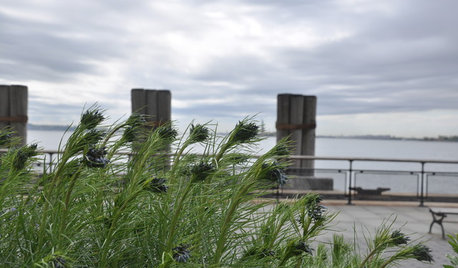
GARDENING GUIDES10 Native Wildflowers With Unique Foliage
When the flowers fade, these leaves keep the garden looking good
Full Story
GARDENING GUIDESWhat’s in a Name? See 6 Wildflowers That Aren’t ‘Weeds’ at All
Dispel the stereotypes of weeds and try these wildlife-supporting native wildflowers in your garden
Full Story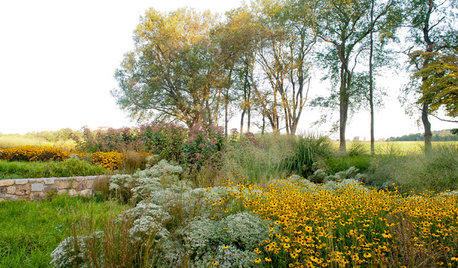
GARDENING GUIDES10 Essential Wildflowers for the U.S. Central Plains
Focusing on prairie wildflowers supports the most wildlife in a low-maintenance Plains landscape
Full Story
WINTER GARDENING10 Native Wildflowers to Beautify Your Winter Garden
They stand strong in wind, feed wildlife and are easy to grow. But you may want to add these plants for their looks alone
Full Story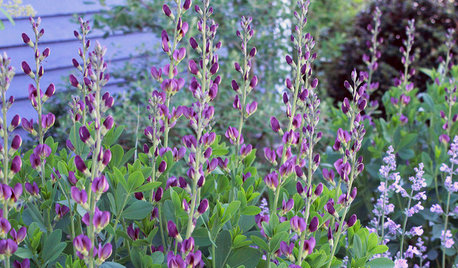
GARDENING FOR BUTTERFLIES7 Native Wildflowers to Make You an Awesome Butterfly Host
Offer the leaves of these and you’ll get more butterflies than with flower nectar alone
Full Story
FALL GARDENINGBe Your Own Wildflower Nursery
Gather seeds from your garden in fall, and you'll have a selection of plants for next year — without spending a dime
Full Story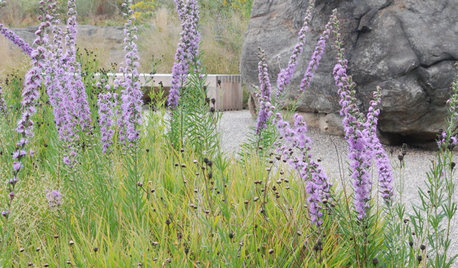
GARDENING GUIDESNative Wildflowers for the August Transition Into Fall
Keep the garden colorful with these stalwart perennials
Full Story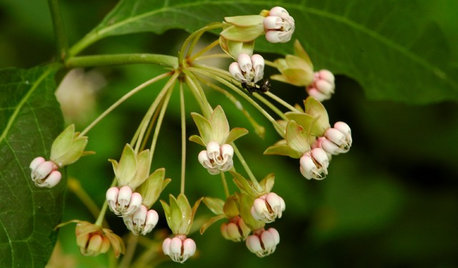
GARDENING GUIDES5 Unsung Wildflowers That Thrive in Dry Shade
Turn shady problem spots into garden idylls with with these prolific, easy-care bloomers
Full Story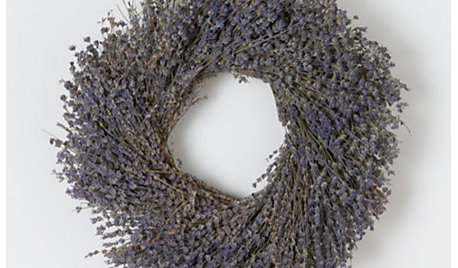
PRODUCT PICKSGuest Picks: A Posy of Wildflower Designs
Showcase freely growing blooms around the home with wreaths, furniture and wallpaper that outlast summer
Full Story





Judy_B_ON
woodsygirl
Related Professionals
Simpsonville Landscape Architects & Landscape Designers · 70037 Landscape Architects & Landscape Designers · Kenmore Landscape Architects & Landscape Designers · Edmond Landscape Contractors · Brownsville Landscape Contractors · Eustis Landscape Contractors · Fairfield Landscape Contractors · Santa Ana Landscape Contractors · Snoqualmie Landscape Contractors · South Lyon Landscape Contractors · North Hills Landscape Contractors · Shafter Landscape Contractors · Cincinnati Decks, Patios & Outdoor Enclosures · Coatesville Decks, Patios & Outdoor Enclosures · Rancho Palos Verdes Decks, Patios & Outdoor EnclosuresElaine_NJ6
bluerepper
kayakita
willgarden4food
Rosa
joepyeweed
VeronicaAnne